Home>Interior Design>Organizing Drawers: 10 Ways To Create Order Around The Home
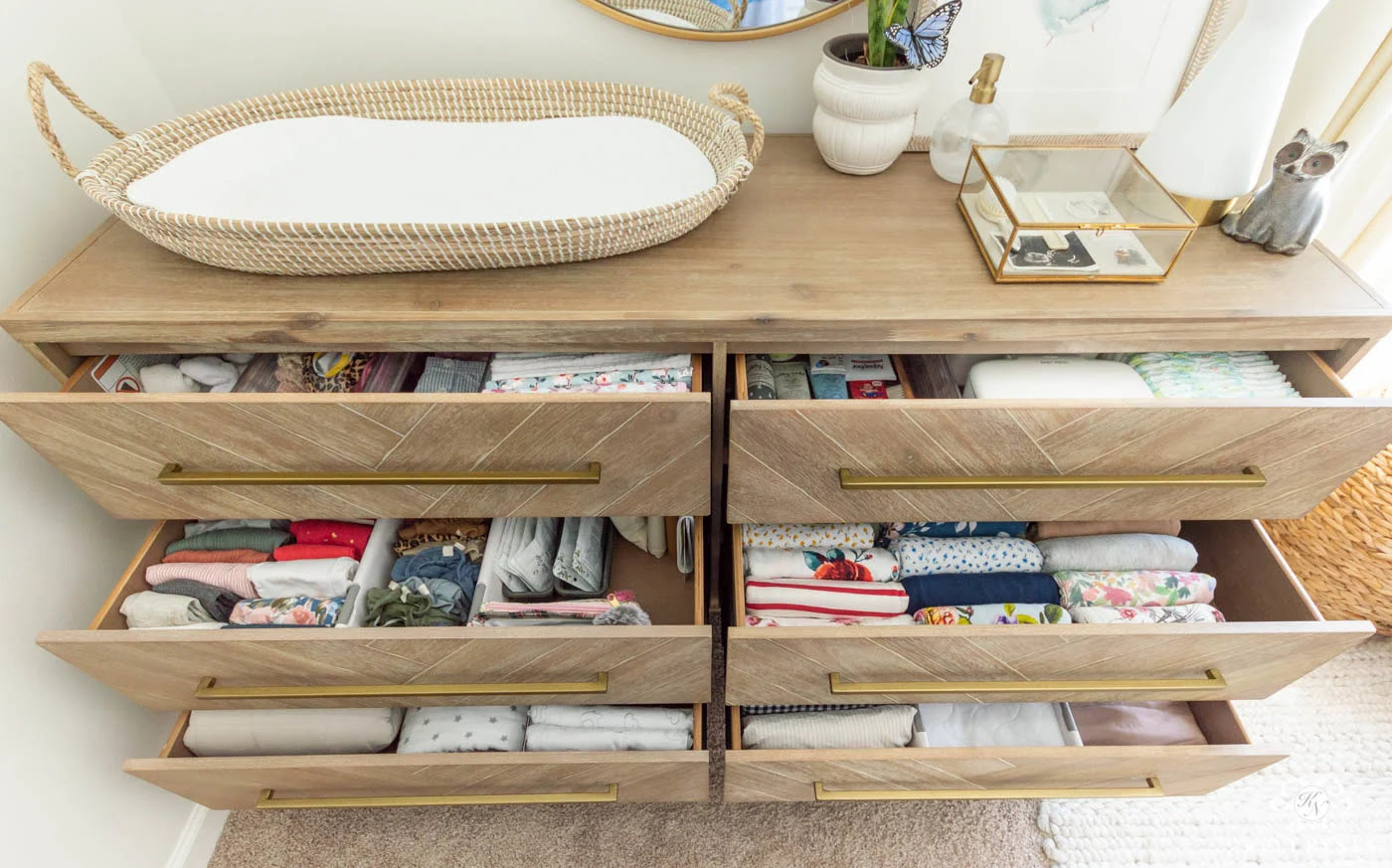

Interior Design
Organizing Drawers: 10 Ways To Create Order Around The Home
Modified: January 6, 2024
Discover 10 clever interior design techniques to effectively organize drawers throughout your home, creating order and eliminating clutter.
(Many of the links in this article redirect to a specific reviewed product. Your purchase of these products through affiliate links helps to generate commission for Storables.com, at no extra cost. Learn more)
Introduction
When it comes to maintaining an organized and clutter-free home, one area that often gets overlooked is the humble drawer. Whether it’s in the kitchen, bedroom, bathroom, or office, drawers are notorious for collecting random bits and bobs, making it challenging to find what you need when you need it.
However, organizing your drawers doesn’t have to be a daunting task. With the right strategies and storage solutions, you can transform chaotic drawers into tidy and functional spaces. Not only will this make your daily routines more efficient, but it will also bring a sense of calm and order to your home.
In this article, we will explore ten ways to create order around the home by organizing your drawers. From sorting and decluttering to utilizing drawer dividers, we’ll cover various techniques and tips to help you achieve a clutter-free and well-organized living space. So, let’s dive in and discover how you can transform those messy drawers into havens of order and functionality.
Key Takeaways:
- Transform chaotic drawers into functional and visually appealing spaces by choosing the right storage solutions, sorting and decluttering, and utilizing drawer dividers. Enjoy the benefits of improved efficiency, maximized space, and reduced stress.
- Sustain an organized living space by regularly decluttering, returning items to their designated places, and periodically evaluating your organization systems. With consistency and commitment, maintain harmony and order in your drawers for a clutter-free home.
The Benefits of Organizing Drawers
Before we dive into the practical tips for organizing drawers, let’s first explore why it’s worth the effort. Here are some of the key benefits of keeping your drawers organized:
- Efficiency: By organizing your drawers, you can easily find what you need when you need it. No more wasting time searching through piles of clutter to locate that elusive item.
- Maximize space: Organized drawers allow you to make the most of the available space. With proper planning and storage solutions, you can fit more into each drawer and utilize every inch effectively.
- Visual appeal: A clutter-free drawer instantly enhances the visual appeal of a room. By organizing your drawers, you create a neat and tidy look, elevating the overall aesthetics of your living space.
- Mental well-being: Clutter can contribute to stress and anxiety. When you organize your drawers, you create a sense of order and promote a calm environment. It can also help clear your mind and improve focus.
- Prolonged lifespan of items: Proper organization can help protect your belongings from damage. When items are strewn haphazardly in a drawer, they are more prone to scratches, dents, and breakage. By organizing them carefully, you can extend their lifespan.
- Easy maintenance: Once you establish a system for organizing your drawers, it becomes much easier to maintain order in the long run. Regular maintenance and decluttering sessions will help ensure that your drawers stay organized and clutter-free.
Now that we understand the benefits of organizing drawers let’s move on to explore the different strategies and tips to help you bring order and harmony to your drawers.
Choosing the Right Storage Solutions
When it comes to organizing your drawers, selecting the right storage solutions is key. The storage options you choose will depend on the contents of the drawer and your personal preferences. Here are a few ideas to consider:
- Drawer dividers: Dividers are essential for creating separate compartments within a drawer. They help keep items organized and prevent them from shifting around. Choose dividers that are adjustable or customizable to fit the specific size of your drawer.
- Small bins or trays: Utilizing small bins or trays can help further organize items within a drawer. Use them to group similar items together, such as office supplies, makeup, or cutlery. Opt for clear or labeled bins for easy visibility.
- Drawer organizers: These are specialized organizers designed to fit specific items, such as utensils, jewelry, or socks. They often have compartments of various sizes, making it easy to keep things separated and easily accessible.
- Accordion organizers: These innovative organizers expand and contract, allowing you to adjust the size based on your needs. They work well for organizing items like socks, underwear, or belts.
- Drawer inserts: Inserts are usually made of fabric or felt and can provide protection for delicate items. They work well for organizing items like lingerie, ties, or scarves.
- Hanging organizers: In some cases, hanging organizers can be used inside drawers to maximize vertical space. These are particularly useful for organizing items like bras, ties, or scarves.
- Labels: Adding labels to different compartments or bins can help you quickly identify the contents and maintain organization over time. Label makers or simple adhesive labels can be used for this purpose.
Consider the specific needs and contents of each drawer when selecting the appropriate storage solutions. The goal is to find solutions that provide efficient organization and make it easy to find and access items. Experiment with different options and adjust as needed to create a system that works best for you.
Sorting and Decluttering
Before you can start organizing your drawers, it’s essential to go through a sorting and decluttering process. This step will help you get rid of unnecessary items and ensure that you only keep what is truly useful and valuable. Here’s how to approach sorting and decluttering your drawers:
- Empty the drawer: Start by completely emptying the drawer. This will allow you to assess the contents and create a clean slate for organizing.
- Sort items into categories: Create categories for the items in the drawer. For example, if you’re organizing a kitchen drawer, you may have categories such as utensils, gadgets, and baking tools. Sort each item into its respective category to get a clear overview of what you have.
- Assess usefulness: As you go through each item, ask yourself if it is still useful or if it’s something you haven’t used in a long time. Be honest with yourself and let go of items that no longer serve a purpose or bring you joy.
- Consider sentimental value: Some items may have sentimental value, and it’s okay to keep them even if they aren’t used frequently. However, be selective and limit the number of sentimental items you keep to avoid unnecessary clutter.
- Purge and donate: Dispose of items that are broken, expired, or beyond repair. Consider donating gently used items that are in good condition but no longer needed. This allows someone else to benefit from them while helping you declutter.
- Reduce duplicates: If you find multiples of the same item, such as scissors or pens, keep only what you need and donate or give away the rest. Reducing duplicates will free up space and make your drawers more efficient.
- Reorganize remaining items: Once you have sorted and decluttered the contents of the drawer, it’s time to reorganize what you’ve decided to keep. Use the storage solutions mentioned earlier to create separate compartments for different categories of items.
Remember, sorting and decluttering is an ongoing process. Regularly reassess your drawers and eliminate any new items that no longer serve a purpose. By doing so, you’ll maintain a clutter-free and organized environment.
Utilizing Drawer Dividers
Drawer dividers are one of the most effective tools for creating order and organization within your drawers. They not only help keep items separated and organized but also prevent them from shifting around when the drawer is opened or closed. Here’s how to make the most out of drawer dividers:
- Measure the drawer: Before purchasing drawer dividers, measure the dimensions of the drawer to ensure proper fit. Consider the height, width, and depth of the drawer to determine how many dividers you will need.
- Choose adjustable dividers: Opt for adjustable dividers that can be resized to fit different items or can accommodate future changes in your storage needs. This allows for flexibility and ensures that the dividers can adapt to different drawer sizes or contents.
- Identify categories: Determine the categories or groups of items that will be stored in the drawer. For example, in a utensil drawer, you may have separate sections for forks, knives, spoons, and serving utensils. This will guide you in placing the dividers accordingly.
- Create compartments: Arrange the dividers to create separate compartments for each category. Make sure the compartments are wide enough to accommodate the items comfortably but not too wide that they slide around. The goal is to create distinct spaces for each group of items.
- Consider different divider types: Explore different types of dividers based on your needs. There are various options available, including adjustable dividers, expandable dividers, and customizable drawer organizers. Choose dividers that best align with your preferences and the contents of the drawer.
- Arrange items logically: Place items in the designated compartments based on their usage frequency or logical grouping. For example, in a desk drawer, you may want to keep frequently used stationery items in one section and less frequently used supplies in another.
- Label compartments: Consider adding labels or tags to the compartments to further enhance organization and make it easier to locate specific items. This is especially useful if you have multiple dividers within a single drawer.
Drawer dividers allow you to create structure and order within your drawers, making it easy to find what you need and maintain organization over time. Experiment with different divider configurations and adjust as needed until you find the setup that works best for you.
Organizing Kitchen Drawers
The kitchen is a hub of activity, and keeping your kitchen drawers organized will make meal preparation and cooking more efficient. Here are some tips to help you maximize the organization of your kitchen drawers:
- Categorize your items: Start by categorizing your kitchen items, such as utensils, gadgets, measuring tools, and baking supplies. Group similar items together to make it easier to find and access them.
- Designate specific drawers: Assign specific drawers for different categories of items. For example, you can have a drawer dedicated to utensils, another for baking supplies, and another for gadgets. This will create a logical layout and make it easier to locate items when needed.
- Utilize drawer dividers: Use drawer dividers to create separate compartments within each drawer. This will prevent items from getting jumbled up and make it easier to find what you need. Consider adjustable dividers to accommodate different sizes of utensils or gadgets.
- Arrange items by frequency of use: Place frequently used items towards the front of the drawer for easy access. Less frequently used items can be stored towards the back. This will streamline your cooking process and save time when reaching for items.
- Store lids vertically: If you have a drawer for pot lids, consider using a lid organizer that holds them vertically. This saves space and allows you to easily grab the lid you need without toppling over a stack of lids.
- Utilize drawer organizers for cutlery: Use a dedicated cutlery organizer to separate forks, knives, spoons, and other utensils. This will prevent them from getting mixed up and make it easier to find the utensil you need for a particular task.
- Add hooks or racks: Consider adding hooks or racks to the inside of drawers to hang items like measuring spoons, spatulas, or oven mitts. This maximizes space and keeps frequently used items within easy reach.
- Label spice drawers: If you have a drawer dedicated to spices, label the tops of the spice containers or use labeled dividers to easily identify each spice. This makes it hassle-free to locate and grab the spice you need while cooking.
- Regularly declutter: Regularly go through your kitchen drawers and declutter any items that are no longer needed or have expired. This will keep your drawers organized and make it easier to maintain order in the long run.
By implementing these strategies, you can create a well-organized and functional kitchen where everything has its place and is easily accessible. Enjoy the convenience and efficiency of a well-organized kitchen!
Use drawer dividers to separate different categories of items, such as socks, underwear, and accessories. This will make it easier to find what you need and keep the drawer organized.
Tackling Bathroom Drawer Clutter
The bathroom is a space where we often accumulate various personal care items, making it prone to clutter. However, with a few organizing strategies, you can transform your bathroom drawers into tidy and functional spaces. Here are some tips for tackling bathroom drawer clutter:
- Sort and declutter: Start by emptying out your bathroom drawers and sorting through the items. Discard any expired or unused products, as well as items that are no longer needed or have duplicates.
- Group similar items: Categorize your bathroom items into groups such as skincare products, hair accessories, grooming tools, and toiletries. This will help you identify the organization needs and determine the appropriate storage solutions.
- Utilize drawer dividers: Drawer dividers are essential for keeping bathroom items separate and organized. Use them to create compartments for different categories of items, such as toothbrushes, toothpaste, makeup, or hair products.
- Consider stackable containers: Stackable containers or small bins are useful for storing smaller items like makeup brushes, cotton swabs, or bobby pins. They help maximize vertical space and keep items contained.
- Use clear containers: Transparent containers or acrylic organizers are ideal for the bathroom as they allow you to see the contents at a glance. This makes it easier to locate items and maintain an organized system.
- Separate personal care items: If you share the bathroom with others, consider separating personal care items using individual containers or labeled sections within the drawer. This helps maintain personalized organization and prevents mix-ups.
- Allocate a drawer for cleaning supplies: If you store cleaning supplies in the bathroom, dedicate a specific drawer for them. Use dividers or caddies to keep the cleaning products organized and separate from personal care items.
- Prioritize frequently used items: Place frequently used items towards the front of the drawer for easy access. Items that are used less frequently can be stored towards the back. This ensures that you can quickly find what you need during your daily routine.
- Label containers or sections: Consider adding labels to containers or sections of the drawer for a more organized and visually appealing look. Labels can help ensure that items are returned to their designated places and maintain order in the long run.
- Regular maintenance: Regularly declutter and reorganize your bathroom drawers to prevent the accumulation of unnecessary items. Take a few moments each month to go through the contents and remove any expired or unused products.
By applying these organizing strategies, you can transform your bathroom drawers into well-organized spaces that promote a serene and clutter-free environment. Enjoy the convenience and functionality of an organized bathroom!
Creating Order in Bedroom Drawers
The bedroom is a place of relaxation and rejuvenation, and having organized drawers can contribute to a peaceful and clutter-free environment. Here are some tips for creating order in your bedroom drawers:
- Empty and assess: Begin by completely emptying out your bedroom drawers. Take the time to assess the contents and decide what you want to keep, donate, or discard.
- Sort by category: Categorize your items, such as clothing, accessories, underwear, or pajamas. This will make it easier to identify the specific storage needs for each category.
- Purge unnecessary items: Let go of items that you no longer wear or items that are worn out or no longer in style. This will help create more space and prevent overcrowding in your drawers.
- Organize clothing by type: Group similar items together within your clothing category. For example, separate shirts, pants, dresses, and sweaters. Fold or roll clothing to maximize space and make items more visible.
- Utilize drawer dividers: Drawer dividers are especially useful for organizing smaller items like accessories, socks, or underwear. Use dividers to create separate compartments within the drawers so that each item has its designated place.
- Consider foldable organizers: Foldable fabric organizers are great for storing items like t-shirts, pajamas, or underwear. They provide structure and prevent items from getting mixed up, making it easier to find what you need.
- Use drawer liners: Consider lining your drawers with non-slip drawer liners to protect the bottom of the drawers and prevent items from sliding around. This is particularly useful for delicate items like lingerie or accessories.
- Label or color-coordinate: If you prefer a more organized and visually appealing look, add labels to drawer compartments or use color coordination to group similar items. This makes it easy to locate specific items and creates a cohesive aesthetic.
- Arrange by frequency of use: Place frequently worn items towards the front of the drawer for easy access. Less frequently worn items can be stored towards the back. This allows you to easily grab what you need without disturbing the rest of the contents.
- Regular maintenance: Take a few moments each month to declutter and reorganize your bedroom drawers. Remove any items that no longer serve a purpose or are out of season. This helps maintain an organized and clutter-free space.
By implementing these tips, you can create a sense of calm and order in your bedroom drawers. Enjoy the convenience of easily finding your favorite clothing items and accessories, and start each day in a harmonious and organized environment.
Organizing Office and Desk Drawers
An organized office and desk space can greatly enhance productivity and efficiency. Here are some tips for organizing your office and desk drawers:
- Assess your needs: Evaluate the items you use regularly in your office and desk space. This could include stationery, electronic devices, cables, notepads, or other work-related materials.
- Sort and declutter: Begin by emptying out your desk drawers and sorting through the contents. Discard any items that are no longer useful, such as outdated documents or broken office supplies.
- Categorize your items: Group similar items together, such as pens and pencils, sticky notes, paperclips, or USB drives. This will help you understand the storage needs for each category and make organizing easier.
- Utilize drawer dividers: Use drawer dividers to create compartments for different categories of items. This keeps items separate and prevents them from getting jumbled together. Adjustable dividers allow you to customize the sizes of each compartment.
- Arrange based on frequency of use: Place frequently used items in easily accessible areas of the drawer. Keep items used less frequently towards the back. This ensures that the items you need most often are within reach.
- Label sections or containers: Add labels to the compartments or containers within your drawer. This helps you quickly locate and return items to their designated places. It also promotes consistency and maintains organization over time.
- Use desk organizers: Consider using desk organizers or trays within your drawers to further categorize and separate items. These can hold items like sticky notes, paperclips, or small notepads. They help maintain a neat and clutter-free workspace.
- Manage cables: If you have electronic devices and cables in your desk drawer, use cable organizers or Velcro ties to keep them neatly coiled and prevent tangling. This makes it easier to find and access the cables as needed.
- Store frequently used files: Reserve a section of your drawer for frequently accessed files or documents. Use file dividers or folders to keep them organized and easily accessible.
- Regularly declutter: Set aside time each month to declutter and reorganize your desk drawers. Remove any items that are no longer needed or replace them with items that better suit your current work needs.
By implementing these strategies, you can create an organized and efficient office and desk space. Finding the tools and supplies you need becomes easier, allowing you to focus on your work and boost productivity.
Tips for Children’s Drawers
Organizing children’s drawers can be a fun challenge that helps teach them good habits and keeps their belongings easily accessible. Here are some tips for organizing children’s drawers:
- Involve your child: Encourage your child to be a part of the organizing process. This will help them develop a sense of ownership and responsibility for their belongings.
- Create kid-friendly categories: Categorize items based on your child’s needs and interests. Categories may include toys, books, clothing, art supplies, or school supplies.
- Use colorful bins or baskets: Introduce vibrant bins or baskets to store items in children’s drawers. This adds a playful touch and makes it easy for them to identify where each item belongs.
- Make use of drawer dividers: Incorporate drawer dividers to create separate compartments for different categories of items. This helps keep items organized and prevents them from getting mixed up.
- Label storage containers: Add labels or pictures to bins or baskets to help your child identify where each item should be placed. This promotes independence and makes clean-up time more enjoyable.
- Rotate toys and books: To prevent drawers from becoming overcrowded, consider implementing a toy and book rotation system. Store some items away and periodically switch them out to keep the content fresh and exciting for your child.
- Arrange by accessibility: Place everyday items within reach of your child, while less frequently used items can be stored in higher or harder-to-reach drawers. This allows your child to easily access their favorite toys or clothes without constant assistance.
- Keep safety in mind: Ensure that items within your child’s drawers are age-appropriate and safe. Avoid storing small items that may pose a choking hazard, and secure heavy items that could tip over.
- Regularly declutter together: Set aside time periodically to declutter and reorganize your child’s drawers. Involve your child in the process to teach them the importance of tidying up and making space for new items.
- Encourage tidy habits: Reinforce the importance of putting items back in their designated places after use. Implement a reward system or make it a fun game to encourage your child to keep their drawers tidy and organized.
By implementing these organizational tips, you can help your child develop good habits and cultivate a sense of order and responsibility. Organized drawers make it easier for children to find their belongings and foster a sense of independence and self-sufficiency.
Maintaining Drawer Organization
Once you have organized your drawers, it’s important to establish a system for maintaining that organization in the long run. Here are some tips to help you keep your drawers organized:
- Regular decluttering: Schedule regular decluttering sessions to go through your drawers and remove any items that are no longer needed or no longer serve a purpose. This prevents your drawers from becoming overcrowded and ensures that only essential items are kept.
- Return items to their designated places: Encourage yourself and other household members to return items to their designated spots after use. This habit prevents items from being left out and keeps your drawers organized.
- Review and adjust: Periodically review the organization system in your drawers to see if it is still meeting your needs. Make adjustments as necessary to accommodate any changes in the items you store or the way you use them.
- Keep it simple: Maintain a simple and straightforward organization system. Avoid overcomplicating things with too many categories or subdivisions within your drawers. Simplicity makes it easier to maintain and less likely to become chaotic.
- Schedule maintenance time: Set aside time on a regular basis to tidy up and reorganize your drawers. This can be done weekly, monthly, or as needed, depending on the level of usage and the nature of the items stored in the drawers.
- Utilize reminders: If you find it challenging to remember to keep up with drawer organization, use reminders such as sticky notes or alarms to prompt you to tidy up regularly.
- Involve the household: If the drawers are shared among family members, involve everyone in the maintenance process. Encourage everyone to take responsibility for their own items and participate in keeping the drawers organized.
- Make adjustments when necessary: As your needs change or you acquire new items, be willing to modify your organization system accordingly. Flexibility allows you to adapt and maintain order as your lifestyle evolves.
- Avoid unnecessary clutter: Be mindful of what you bring into your home and consider if it truly adds value before allowing it to occupy space in your drawers. By minimizing unnecessary clutter, you can make organizing and maintaining order more manageable.
- Celebrate small victories: Recognize and celebrate the effort you put into keeping your drawers organized. Acknowledge the benefits of an organized space, such as improved efficiency, reduced stress, and a more aesthetically pleasing environment.
By following these tips and establishing good habits, you can maintain the organization in your drawers and enjoy the benefits of a clutter-free and functional living space.
Conclusion
Organizing your drawers is a small but impactful step in creating a more organized and harmonious living space. Whether it’s in the kitchen, bedroom, bathroom, office, or children’s rooms, implementing efficient organization systems can help you make the most of your available space and streamline your daily routines.
By choosing the right storage solutions, sorting and decluttering, utilizing drawer dividers, and implementing the tips provided for specific areas, you can transform chaotic drawers into functional and visually appealing spaces. The benefits of drawer organization extend beyond just the aesthetics — it improves efficiency, maximizes space, reduces stress, and promotes a sense of calm.
Maintaining drawer organization is important to ensure that your efforts are not wasted. Regular decluttering, returning items to their designated places, and periodic evaluation of your organization systems are key in sustaining an organized environment. By implementing these practices, you can maintain harmony and order in your drawers and prevent them from becoming cluttered in the long run.
Remember, organizing your drawers is an ongoing process. As your needs change and your belongings evolve, be adaptable and willing to adjust your systems accordingly. With consistency and commitment, you can enjoy the benefits of a well-organized home.
So roll up your sleeves, open those drawers, and embark on the journey of transforming chaos into order. You’ll be amazed at the difference it makes in your daily life, bringing a sense of calm, efficiency, and joy to your living spaces.
Frequently Asked Questions about Organizing Drawers: 10 Ways To Create Order Around The Home
Was this page helpful?
At Storables.com, we guarantee accurate and reliable information. Our content, validated by Expert Board Contributors, is crafted following stringent Editorial Policies. We're committed to providing you with well-researched, expert-backed insights for all your informational needs.
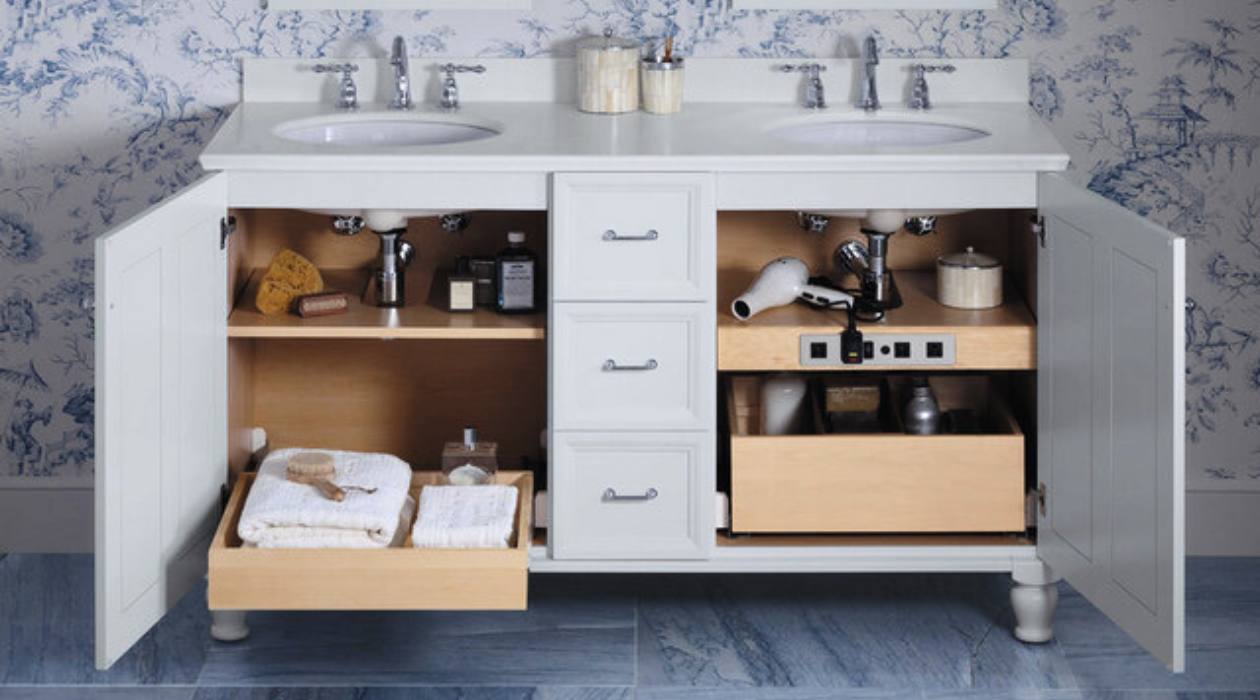
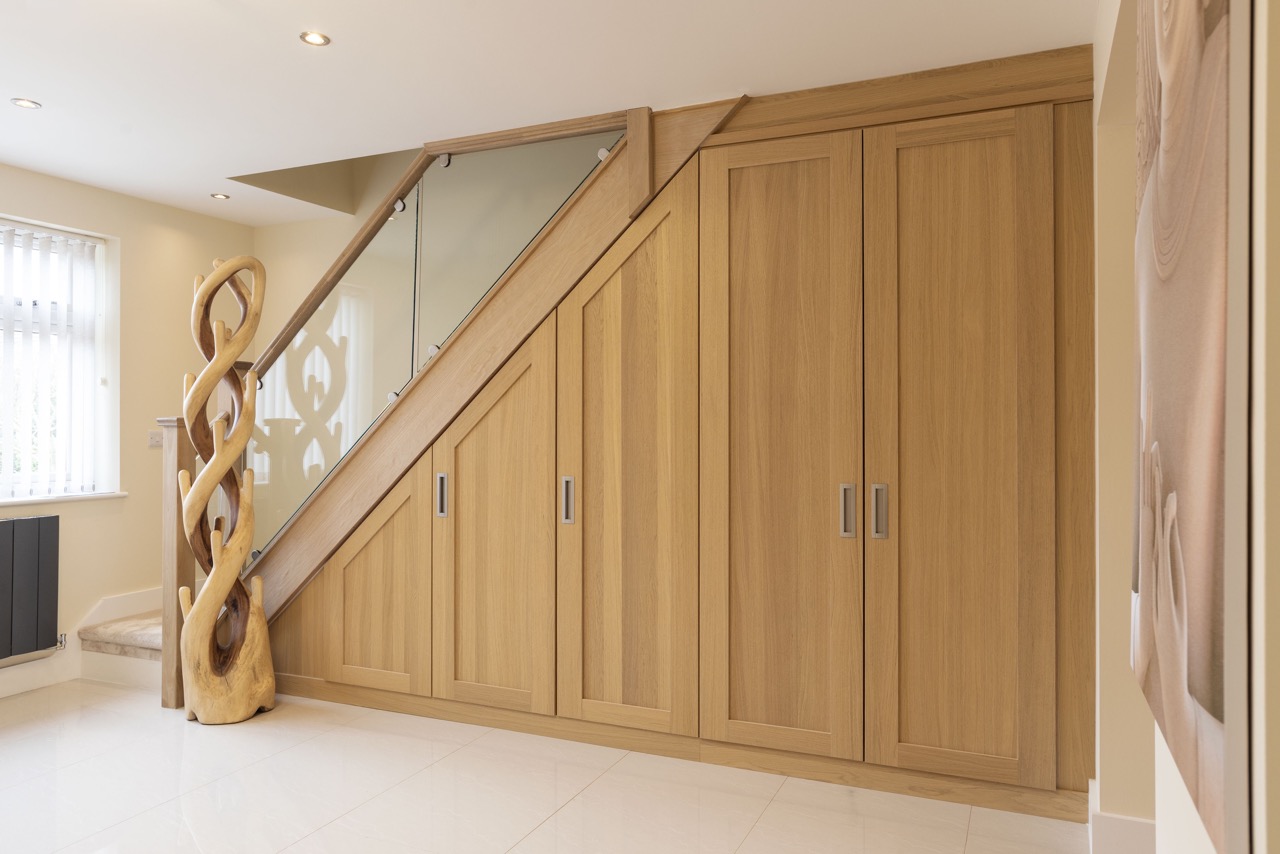
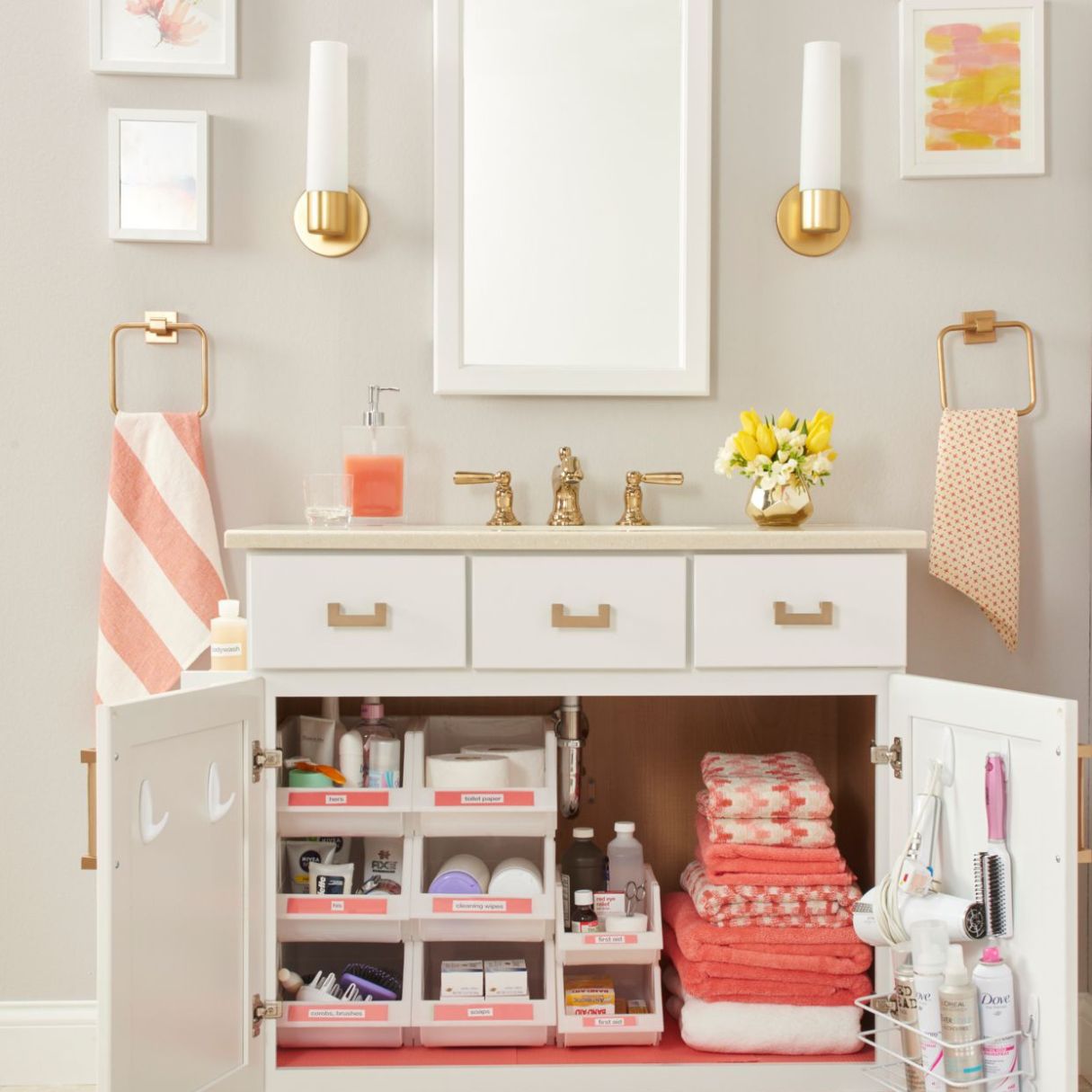
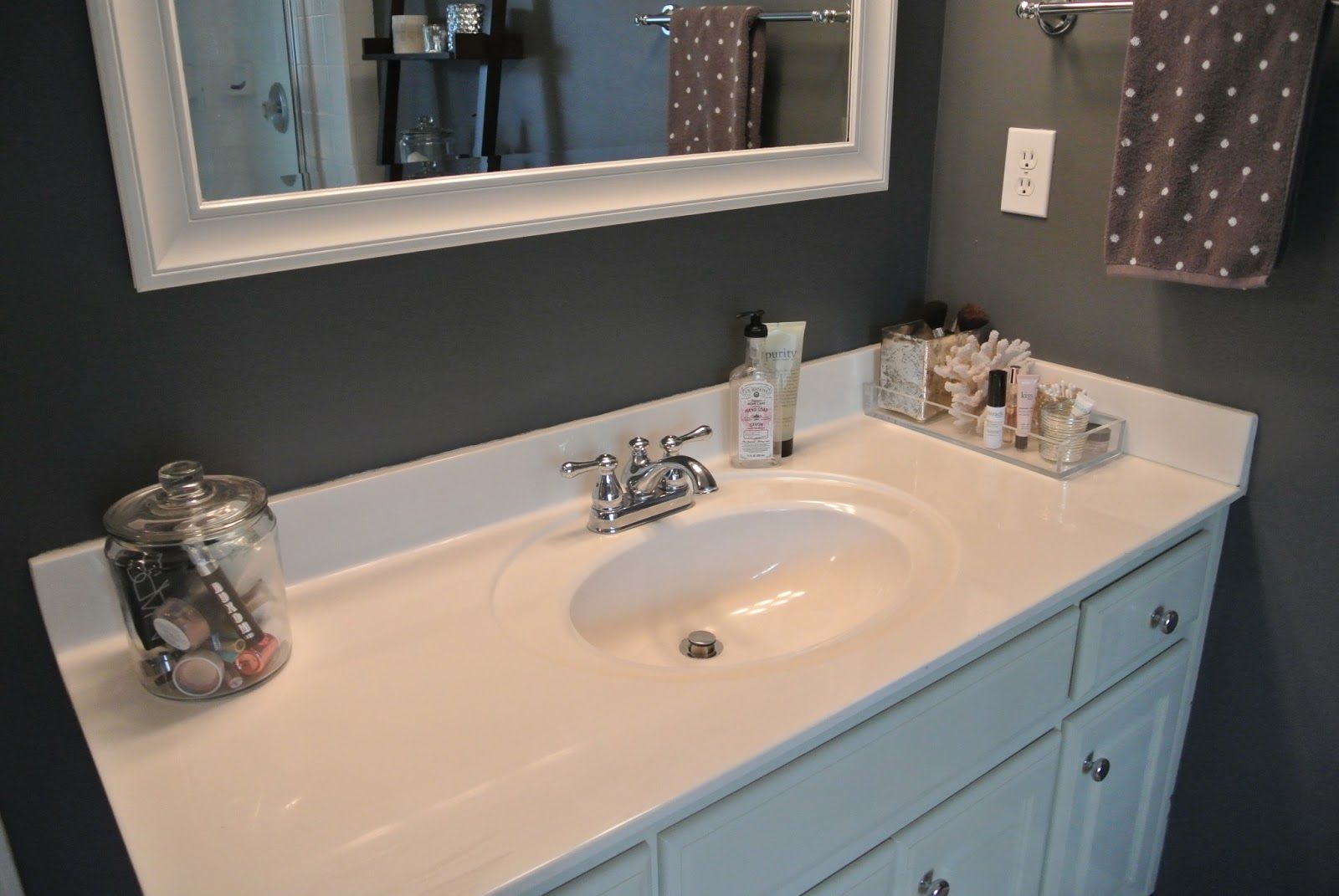
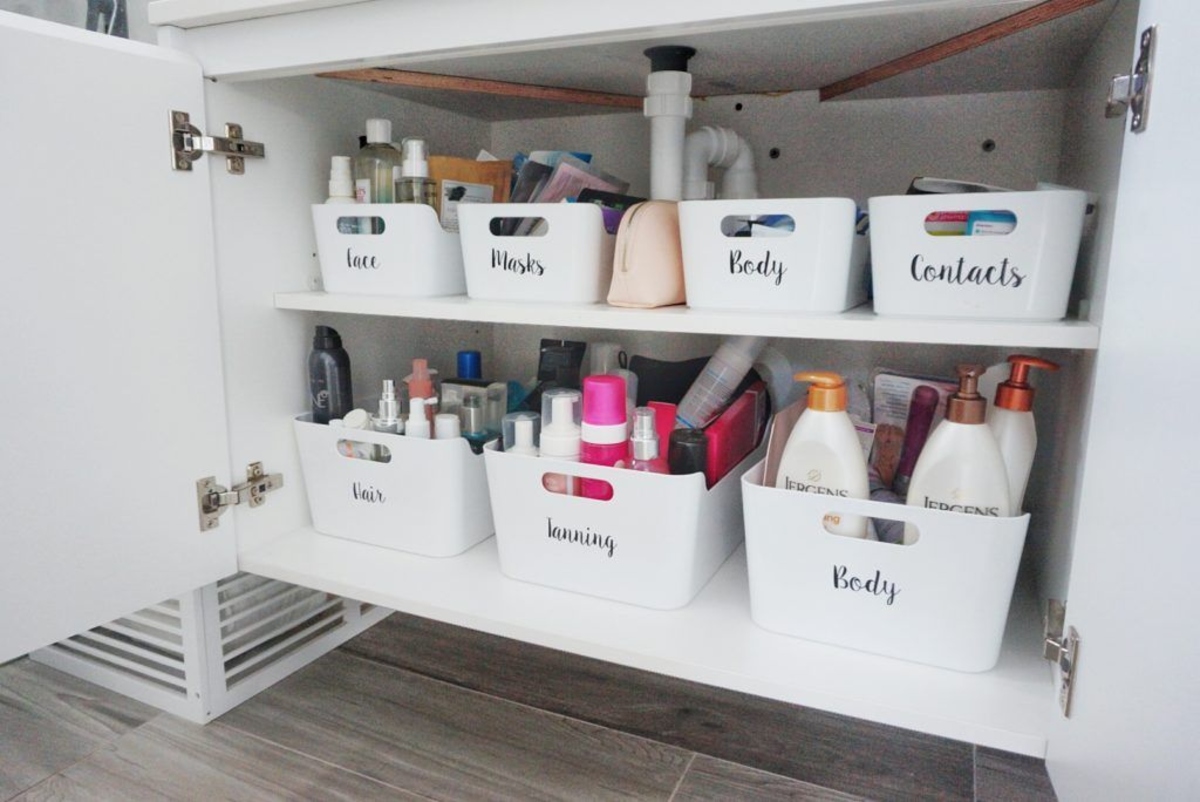
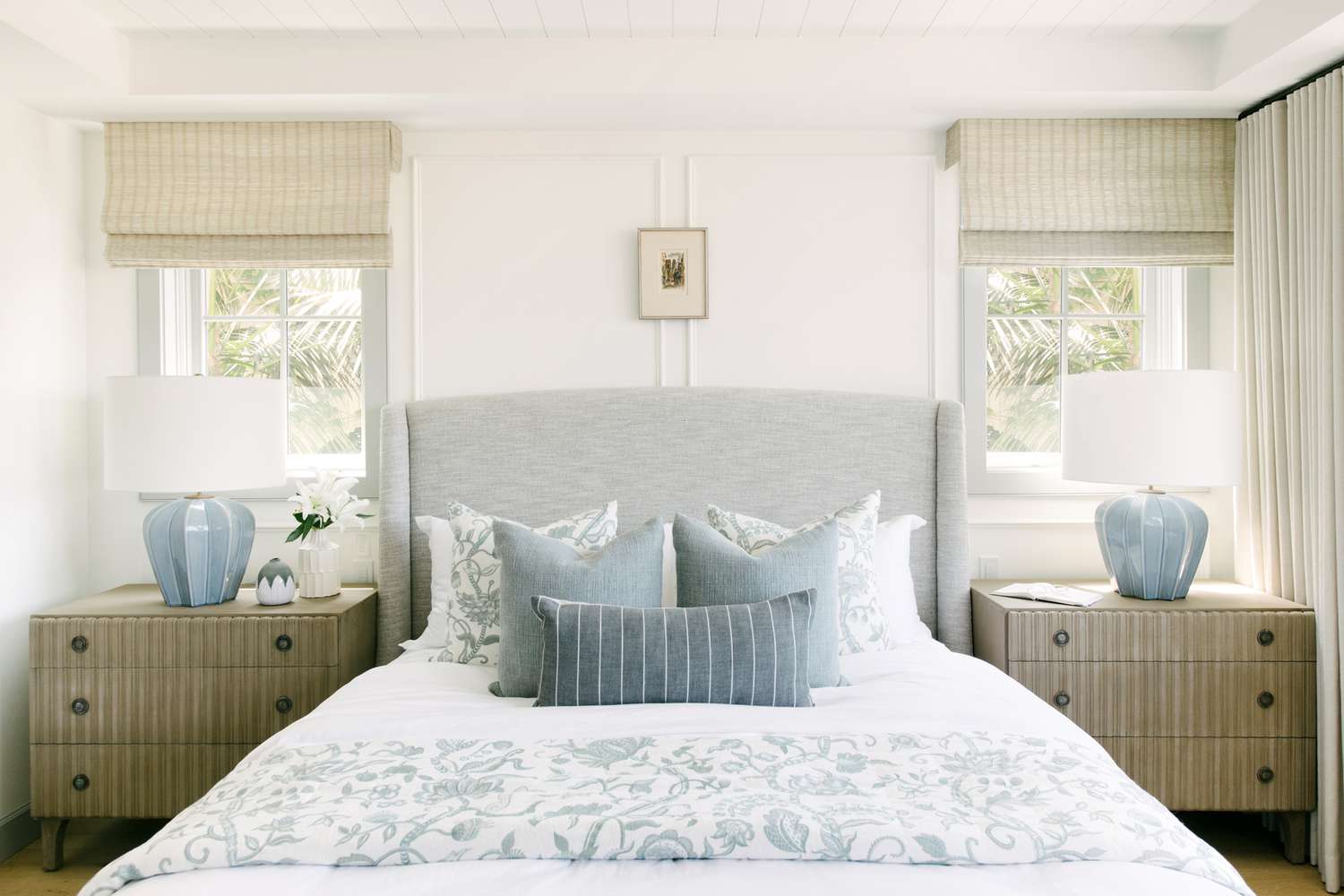
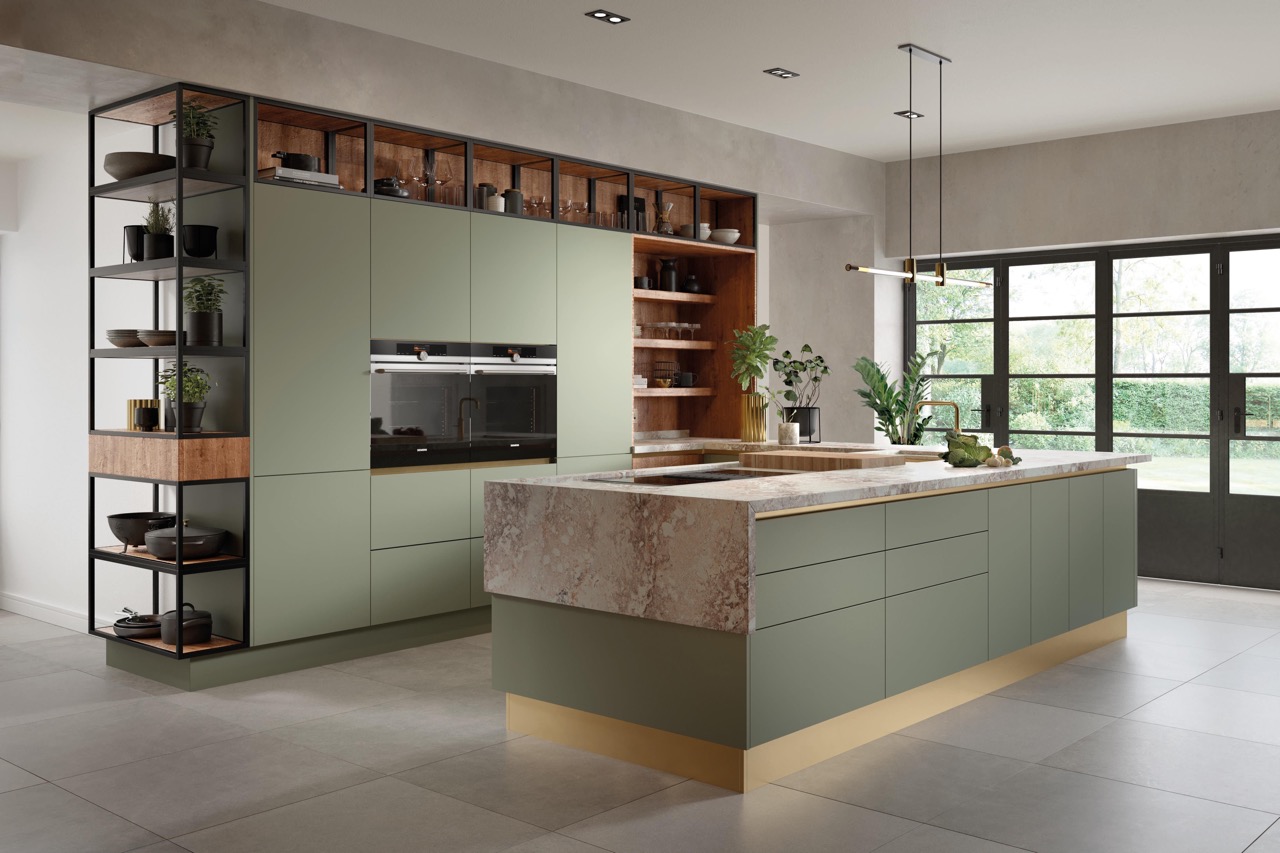
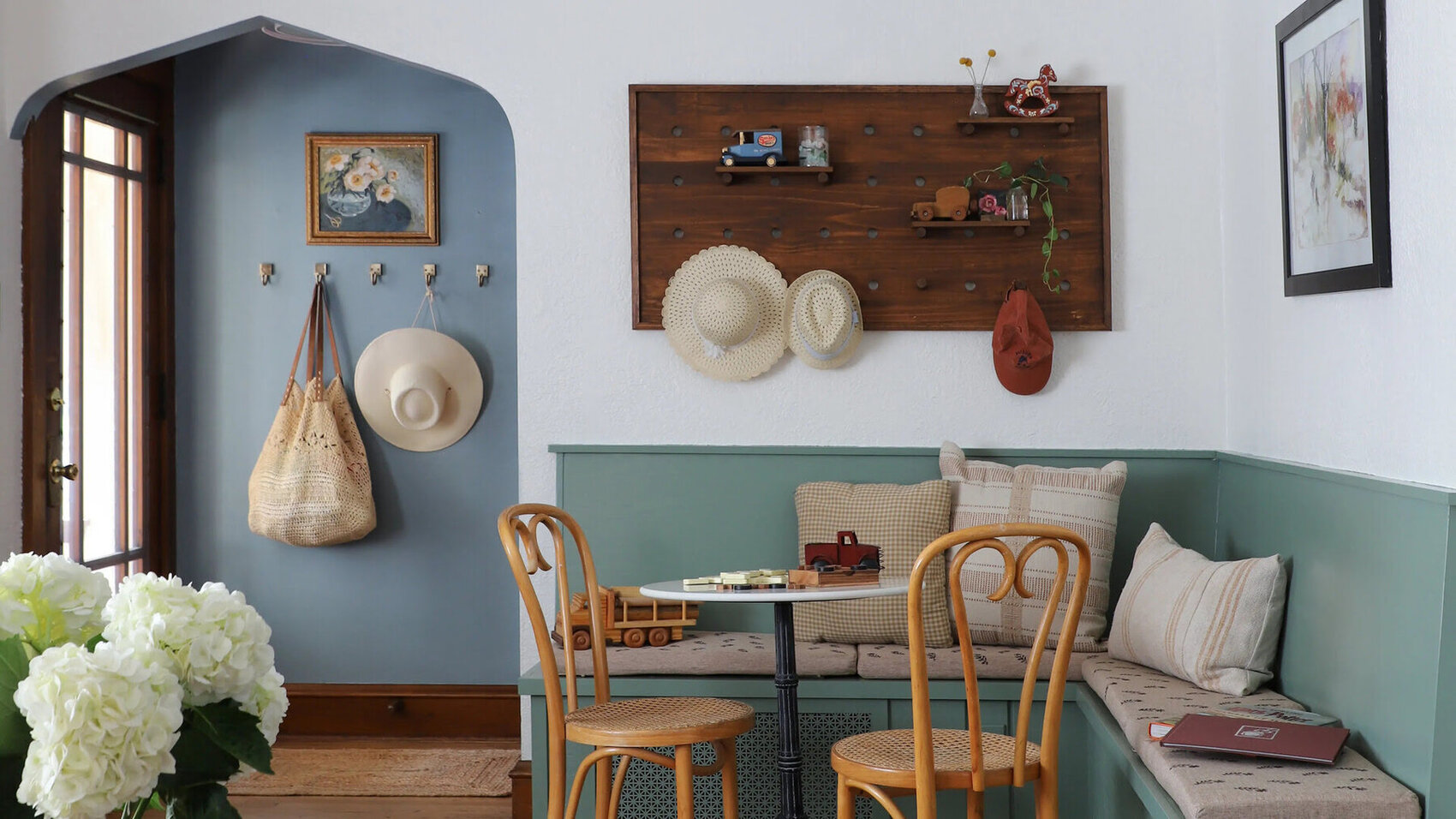
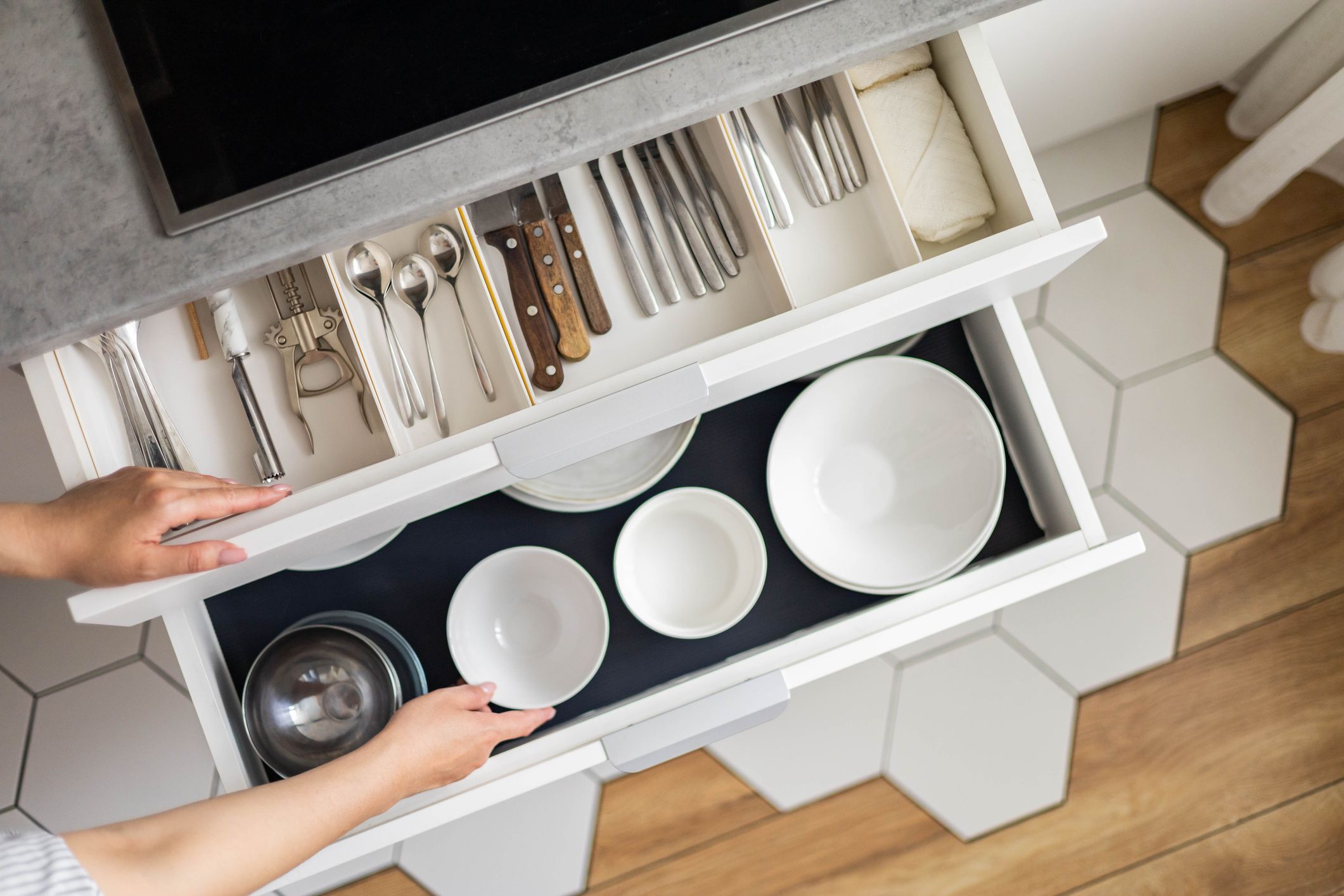
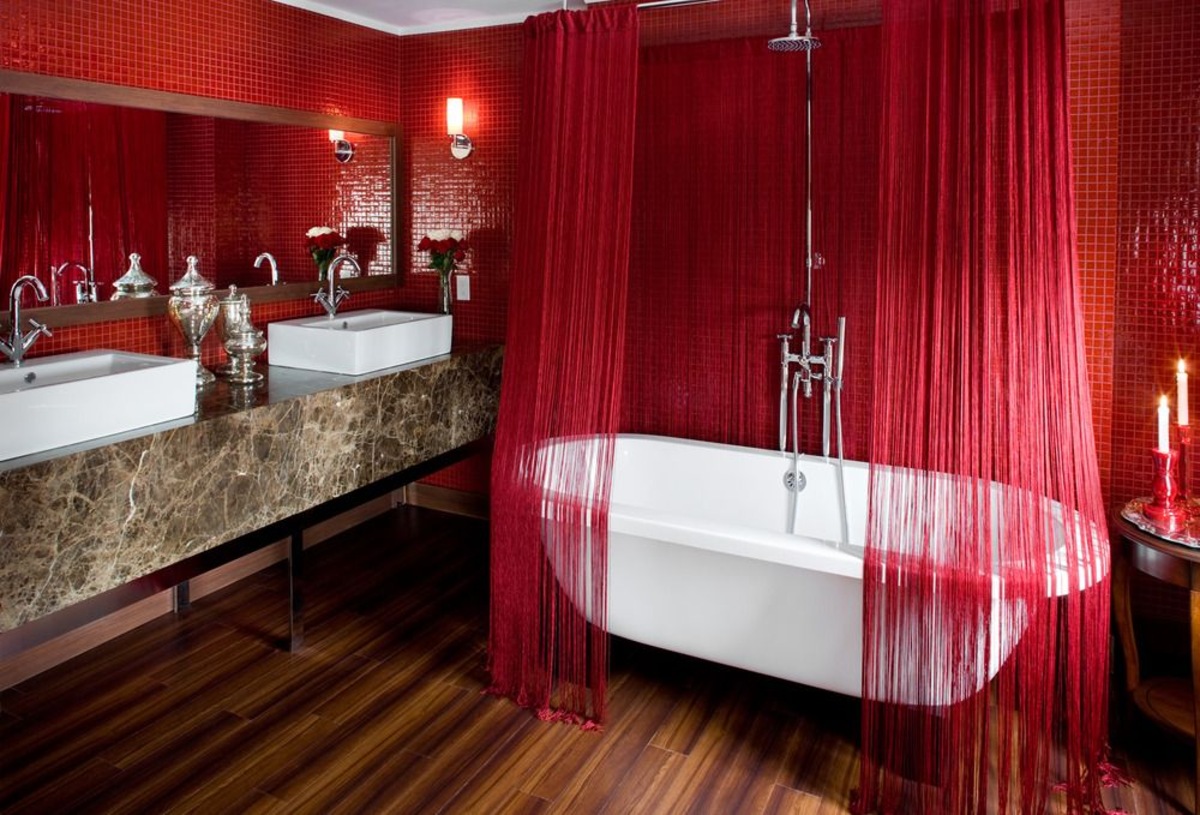
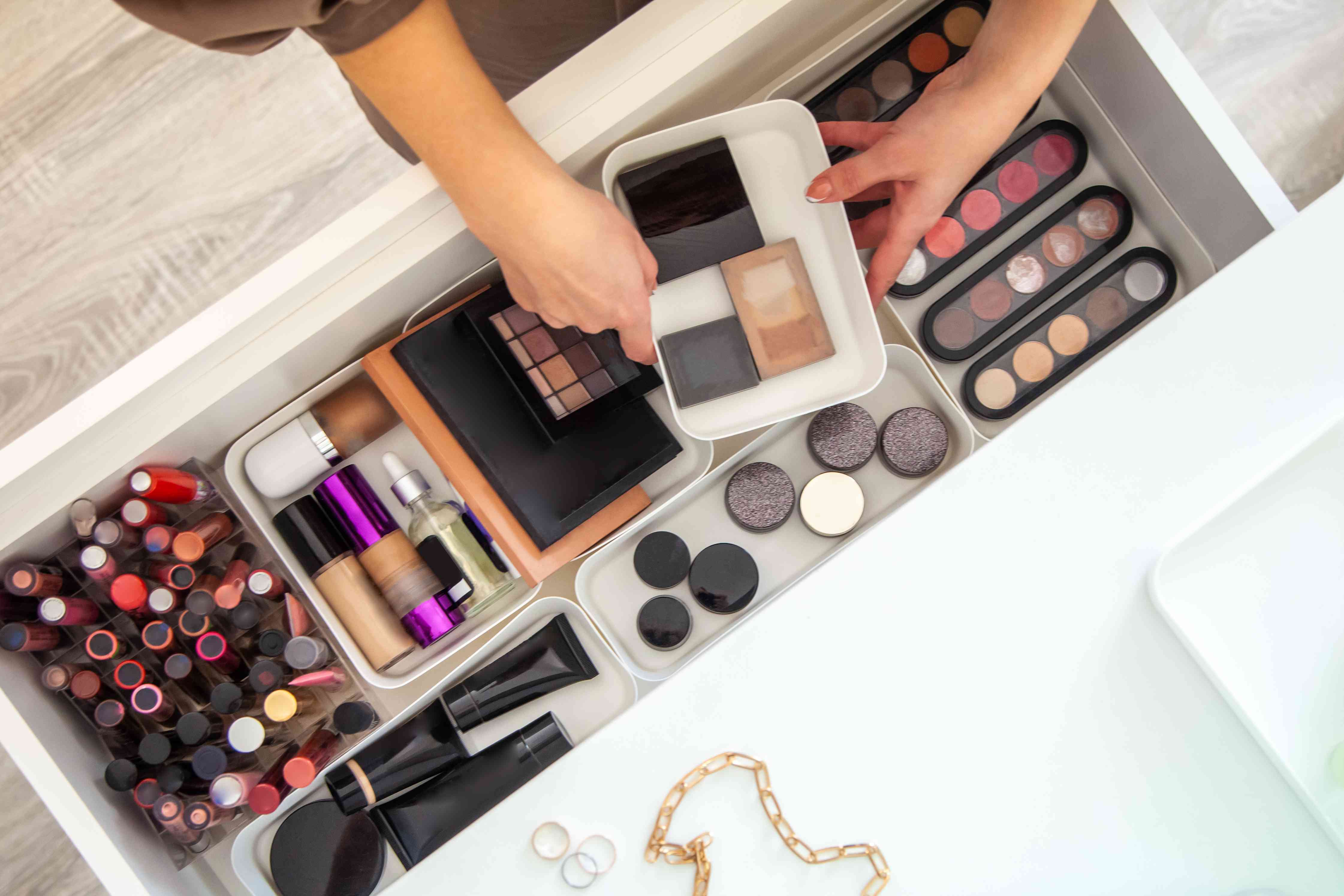

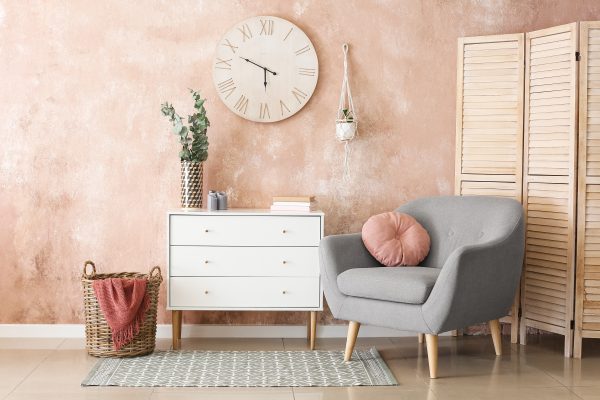

0 thoughts on “Organizing Drawers: 10 Ways To Create Order Around The Home”